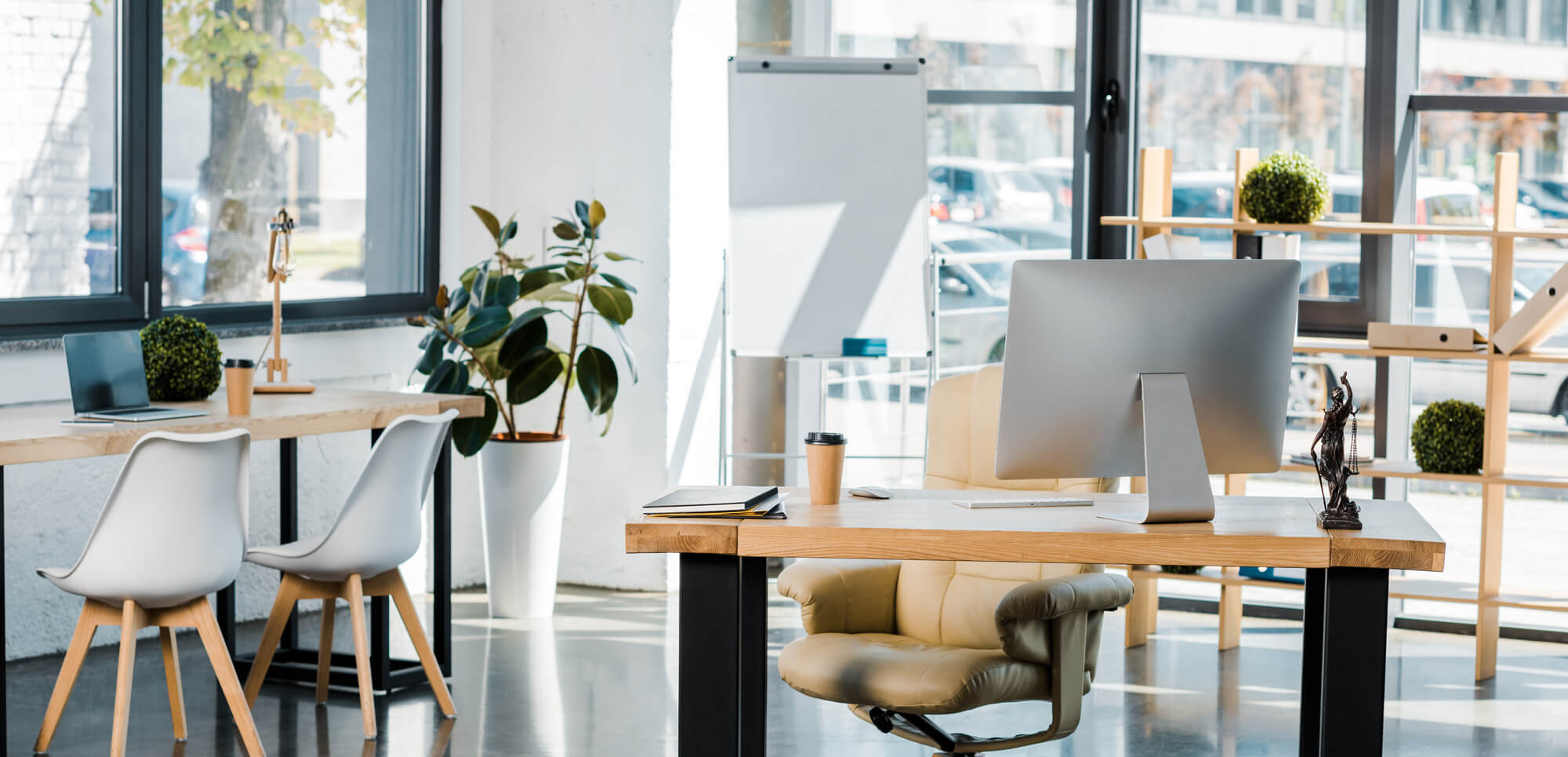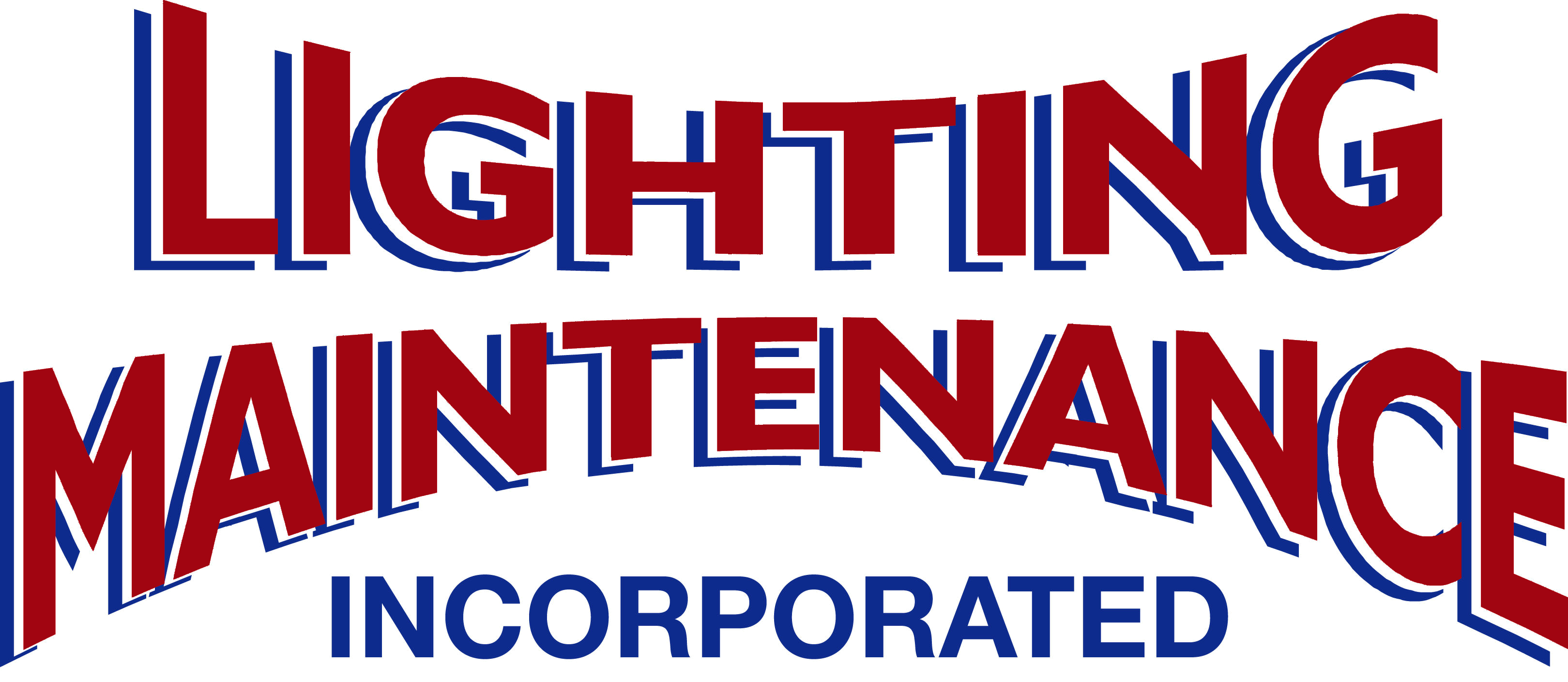23 Mar Important Commercial Lighting Design Factors You Should Consider
In any commercial project, there are a lot of aspects to consider when it comes to design. Lighting is one of the most important. It can affect the function and mood of the space and the energy efficiency and safety of the building. Commercial buildings have complex lighting and electrical plans. Electrical malfunctions are among the top five reasons for commercial building fires and can be avoided by hiring the right professional to take care of the electrical and lighting design. Whether you’re designing a retail shop, restaurant, or healthcare facility, lighting design factors are crucial. Here are a few of the design factors you should consider, some of which we will explore in detail below:
- Lighting function
- Mood of the space
- Interaction of daylight
- Code Compliance
- Energy Efficiency
- Safety
Commercial Lighting Design Factors
The design of any commercial building is a lengthy and detailed process. Focusing on the lighting design is essential for a variety of reasons. Lighting can affect the building’s energy efficiency, and therefore how much it costs to run the building. It can also affect a facility’s sustainability and determine whether or not it’s up to code. Other than that, there are design factors that consider the look and feel of the space. These factors should not be ignored because they are just as important to a commercial building’s overall success.
Lighting Function
Interior lighting design is a crucial factor to consider during the construction or renovation process. Your interior lights have to be functional for your space, in whatever capacity it’s being used. Commercial lighting has advanced a lot over the years. Facilities can use motion sensors to turn on lights at a specific time automatically or when motion is detected. You can also set preferred lighting times so that the space is well-lit when it’s in use.
When designing the lighting plan for your commercial space, you should consider what activities happen in each area. Analyzing the building use will help you choose the best lighting for each room. Designers and contractors should also consider what lighting is best in certain high-traffic areas. Lobbies, restrooms, and hallways should have ample lighting at all hours of the day. Lighting becomes especially important at night, in long hallways or basement areas. Ensuring there’s adequate lighting will make everyone feel safe in the space.
Mood
Depending on what kind of facility you’re designing, the lighting should match the space’s desired mood. For example, healthcare facilities need bright lighting to ensure doctors and nurses can perform their tasks properly. The lighting should also be adjustable to the patient’s needs, especially in facilities where overnight visits are standard. Harsh fluorescent lighting can have a negative effect on patients, making it take longer to heal.
A retail space might require a different mood for its lighting. Some stores like to make things feel dramatic and exclusive with low lighting and bright accents. Other stores might utilize natural light more to make the space feel airy and light. Commercial lighting all depends on the space’s functional need and the type of mood the designer wants to create. Lighting can certainly affect the mood, translating a certain feeling onto users of the space.

Daylight and Energy Efficiency
Commercial lighting design should take into consideration the amount of daylight a space receives. This starts in the early stages of design when interior designers and architects can analyze which rooms should have the best natural light access. When constructing in a city, where the buildings might be dense and close to each other, analyzing how your facility can receive the best natural light is very important. Not only is natural lighting healthy for humans, giving them access to Vitamin D from the sun, it can also save on energy costs. Here are just a few natural lighting statistics:
- More than a third of the energy used in the United States is consumed in buildings, and 25 to 40% of that is used to run electric lights.
- Buildings comprise over 75% of the total electricity used nationwide.
- Lighting costs can be reduced by 20-80% through daylighting.
- Daylighting reduces as much as one-third of total building energy costs.
- The energy savings from reduced electric lighting through daylighting strategies can directly reduce building cooling energy usage by an additional 10 to 20%.
Safety
As mentioned previously, adequate lighting is necessary in all spaces but especially in high traffic areas. Restrooms, lobbies, and hallways should all be properly lit to ensure the utmost safety. Have you ever been in a dark public building alone and couldn’t find the light switch? It’s scary, especially for women. Ensuring that safety plays a role in the design of a commercial lighting plan is very important.
Emergency lighting should also be considered in case of fire, electrical malfunction, flood, or other natural disasters. No matter what your commercial space is used for, it needs to have emergency lighting. Without a system in place, you run the risk of several issues. Emergency exits might not be visible, and the same with emergency exit routes. A power failure could cause a total loss of lighting. The benefits to having emergency lighting include:
- Improves safety.
- Allows employees to move freely around their work area without tripping or falling over.
- It increases security with motion-activated lighting, floodlights, and other additional emergency lighting products.
- It makes entering and exiting easier.
- Meets fire safety standards.
- Covers you in case of total power failure or a blackout.
Why Lighting Design Matters
All of the commercial lighting design factors discussed in this article are important for their own reasons. Ensuring your building is adequately lit takes into account more than just the lighting placement and settings. Electrical and lighting design has to consider energy efficiency, codes, emergency safety, and other factors. If you’d like to find out how efficient your current lighting is, a commercial energy audit might be the way to go. Completing an energy assessment can be beneficial for several reasons, including lower utility costs and increased building value. Not only that, but anyone who visits your space will see how environmentally friendly the facility is.




